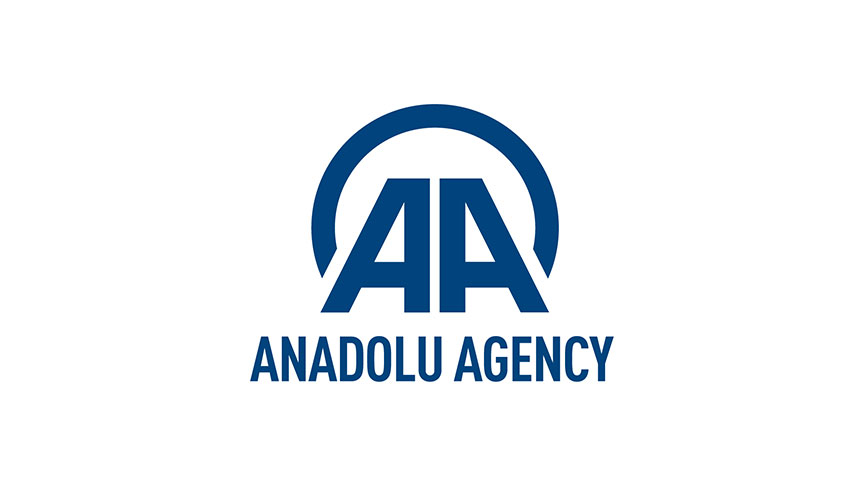- The Writer holds an MSc in Eurasian Political Economy & Energy from King’s College London and also an MA in European Studies from Sabancı University.
Since the first shipment of liquefied natural gas (LNG) from Algeria to the U.K. market in 1964, the volume of LNG imported around the world has increased substantially, reaching 241 million tons per annum as of 2014. Re-gasification capacity also surged to 202.7 billion cubic meters (bcm) in 2014, according to figures provided by the Group of LNG importers. As a result, traditional pipeline-based natural gas transportation has come under scrutiny with the introduction of this pioneering alternative, which has paved the way for a new method of natural gas transfer.
The World LNG report highlights that currently 19 countries export LNG while 29 countries import it. Since 2000, the overall growth in LNG has seen a 7 percent rise and currently, the share of LNG in total natural gas consumption accounts for 10 percent.
Nonetheless, global gas reserves are not distributed evenly, and therefore accessibility to pipeline systems is very limited due to geographic restrictions. For countries with no prospect of connection to gas pipeline systems or which are very far away from natural gas exporting countries, LNG offers greater flexibility in the transfer of gas.
Since LNG transportation is dependent on the shipment of natural gas, it is much easier to import gas from variable sources in comparison with pipeline-based transportation.
Taking into account the costliness in the construction of transnational pipelines and the physical security issues with pipelines which arise because they are easy targets in times of conflict between neighboring countries, LNG offers greater security.
Additionally, LNG proves a viable alternative by allowing for ease in the diversification of sources in the energy mix, which strengthens energy security overall.
In recent years, LNG has increasingly been sold on spot markets which verifies the fact that LNG can be beneficial at all stages of the value chain. Therefore, in times of gas shortages due to any unexpected circumstances, LNG is likely to offer the best alternative by creating plenty of room for maneuver. The spot market offers greater flexibility both in terms of prices and volumes of gas needed for peak times especially in harsh weather conditions.
Since 1964, expertise and specialization have enhanced in the LNG field. But in the past because of its relatively higher cost and price concerns, compared to pipeline-based natural gas, LNG failed to attract natural gas consuming countries. This was due to LNG’s production process (liquefying the gas for shipment after the terminal converts it into gas form), its transportation difficulties along with being linked to oil prices, which pushed up its cost. However, in recent years price reforms in natural gas, especially in short term-spot market prices, have drawn a great deal of attention.
Recent discoveries and developments in the U.S., Australia and in Western Africa as well as tumbling oil prices have caused a downward pressure on LNG prices.
Firstly, the shale boom in the U.S. has contributed to the creation of a gas glut; and this excessive supply of gas has resulted in lower prices at the Henry Hub spot gas market. Additionally, expectations that by 2020, the U.S. will be able to provide a substantial volume of LNG on the global gas market, in particular the EU and the Asian market, will undoubtedly be a game changer. Furthermore, LNG imported by the U.S. prior to the shale revolution have also been freed up for sale to other major gas consuming countries.
Secondly, the collapse of oil prices over the last eighteen months, which hit as low as US$30 per barrel on Jan. 12, 2016, has pushed overall LNG prices to a reasonable level since the majority of LNG contracts have been signed on the basis of oil-indexed long-term contracts.
In light of recent developments, with its strong economy, political stability and proximity to major LNG consuming Asian countries, Australia is likely to play a profound role in the LNG business as well.
Lastly, the newly discovered enormous gas fields in West Africa, namely in Tanzania and Mozambique, have engendered optimism in the region. These current developments have attributed to the gas glut that has resulted in lower gas prices. Therefore, LNG can no longer be considered a high-priced source of gas for many countries given the circumstances that have created the gas glut. And in the years ahead, LNG is likely to become more tempting for all stakeholders.
- Opinions expressed in this piece are the author’s own and do not necessarily reflect Anadolu Agency's editorial policy.


